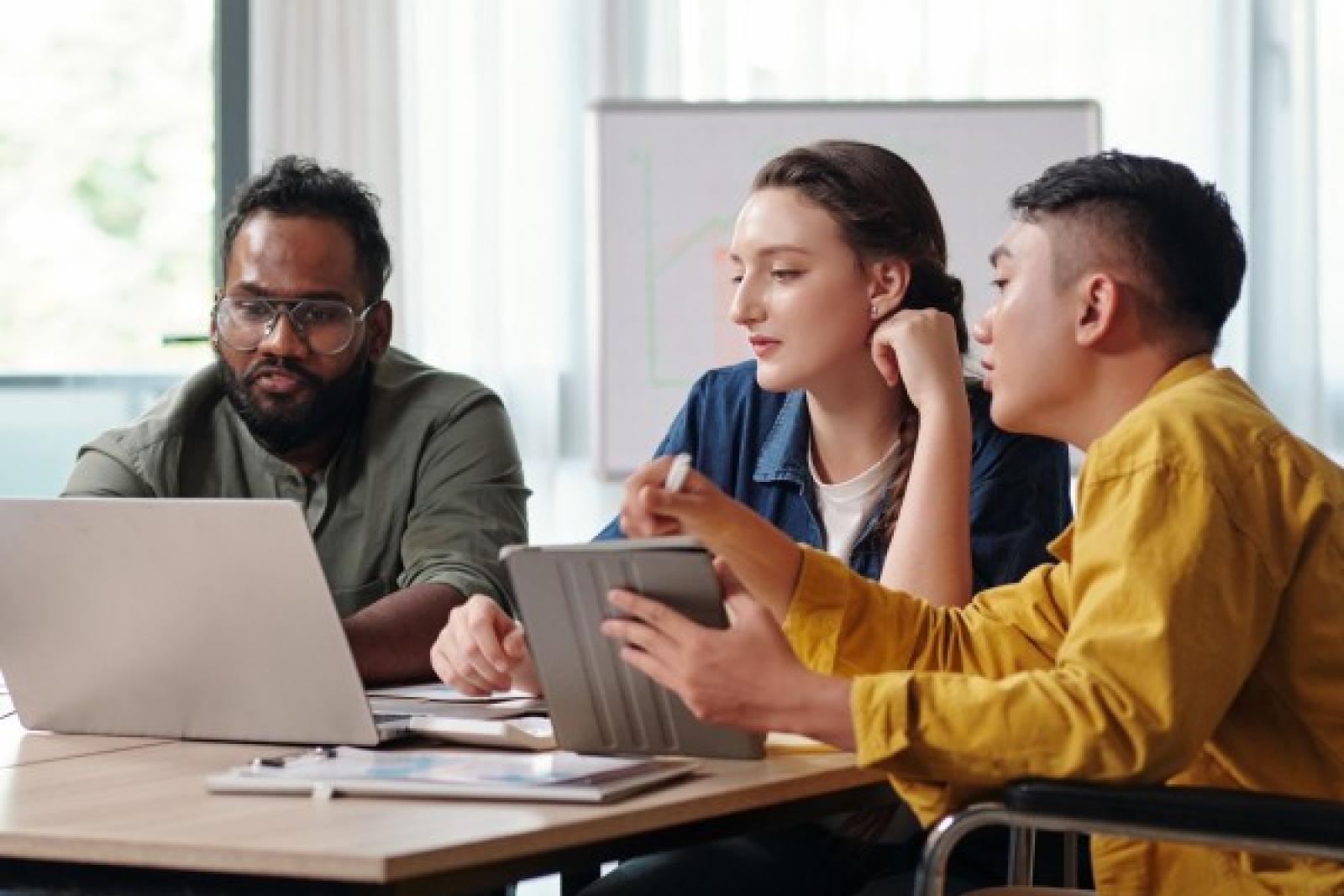Accessible digital content can benefit all students, administrators say

The Ohio State University colleges of Medicine and Pharmacy held a joint public information session last week to raise awareness of the importance of making digital spaces accessible for people with disabilities. The event was held on May 18 at Prior Hall in observance of Global Accessibility Awareness Day.
During the event, administrators provided information about accessibility resources that are available campuswide. Ohio State’s Teaching and Learning Resource Center has a variety of tools to assist in the creation of accessible digital course content, said Stephanie Stein, systems accessibility program manager with the College of Pharmacy.
“There are a lot of invisible disabilities,” she said. “You might have a student who has a learning disability and may not even know it. To make an accommodation for everyone would help that student out.”
Accessible digital course content can benefit students who may not appear to need assistance, said Angela Bower, systems accessibility program manager with the College of Medicine.
“That ‘perfect student’ has one bad accident … and all of a sudden … the student has a hurdle that they have to get through,” she said. “How are we making that easier for them?”
The center’s guidelines for creating accessible digital course content include:
Adding alternative text for images. Alternative text enables students with vision disabilities to use screen readers to describe images to them so that they can gather the same meaning and context as sighted students.
Using descriptive hyperlinks. Rather than using terms such as “click here” to prompt a user to access a link, give links self-explanatory text that will provide screen reader users with the proper context of where clicking the link will take them.
Creating accessible tables. If data is best presented in a table, try to keep the table simple. If the table is complex, consider dividing it into multiple smaller tables with a heading above each.
The Global Accessibility Awareness Day event also included a video address by disability advocate Imani Barbarin.
“As we go forward, we have an opportunity to change the ways in which we interact with one another and society, utilizing a combination of tools inspired by the disability community but for everyone,” she said. “We need to create a culture of accessibility, not just accessibility tools. We need to have an understanding that accessibility is available.”
For more information about Ohio State’s accessibility tools, visit the Teaching and Learning Resource Center.
This story was originally published by Chris Bournea for Ohio State News.